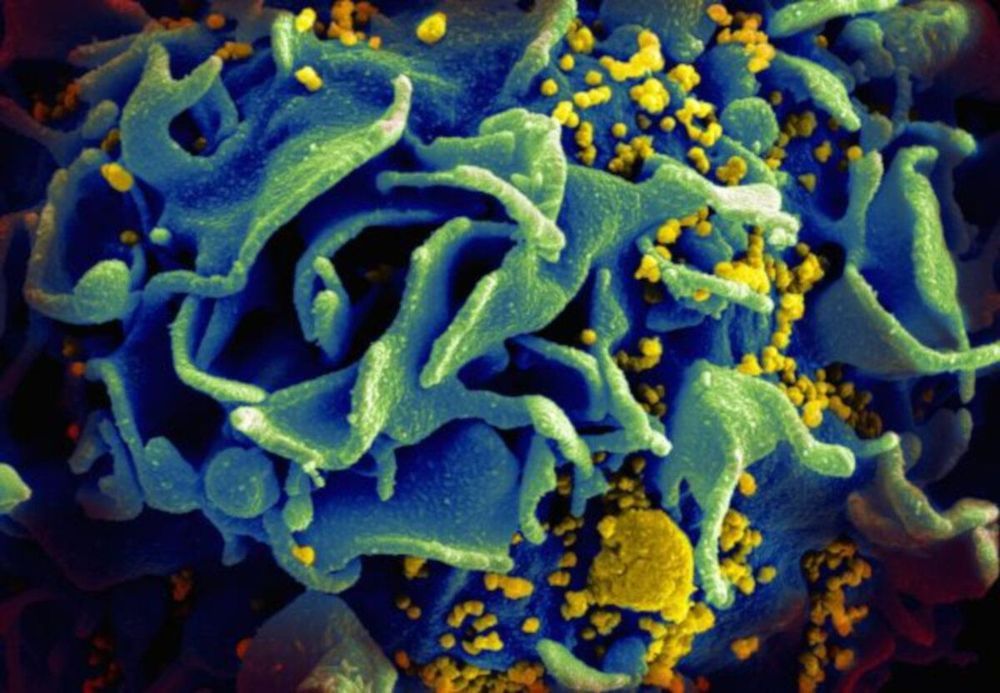Jun 21, 2020
Tech Giant Announces ‘World’s Fastest Quantum Computer’ – Are Bitcoin (BTC) and Cryptographic Systems at Risk?
Posted by Genevieve Klien in categories: bitcoin, computing, quantum physics
Industrial powerhouse Honeywell says its latest quantum computer is now the fastest in the world. How quickly real-world applications will develop or how swiftly they’ll be able to impact industries or affect cryptographic systems such as Bitcoin is the subject of rigorous debate.
In an announcement on Thursday, Honeywell says its team of scientists, engineers and technicians has delivered a quantum volume of 64. The metric measures both the total number of the computer’s qubits and how well it handles them. IBM’s machine scored a 32, suggesting Honeywell’s quantum computer is twice as fast.

















